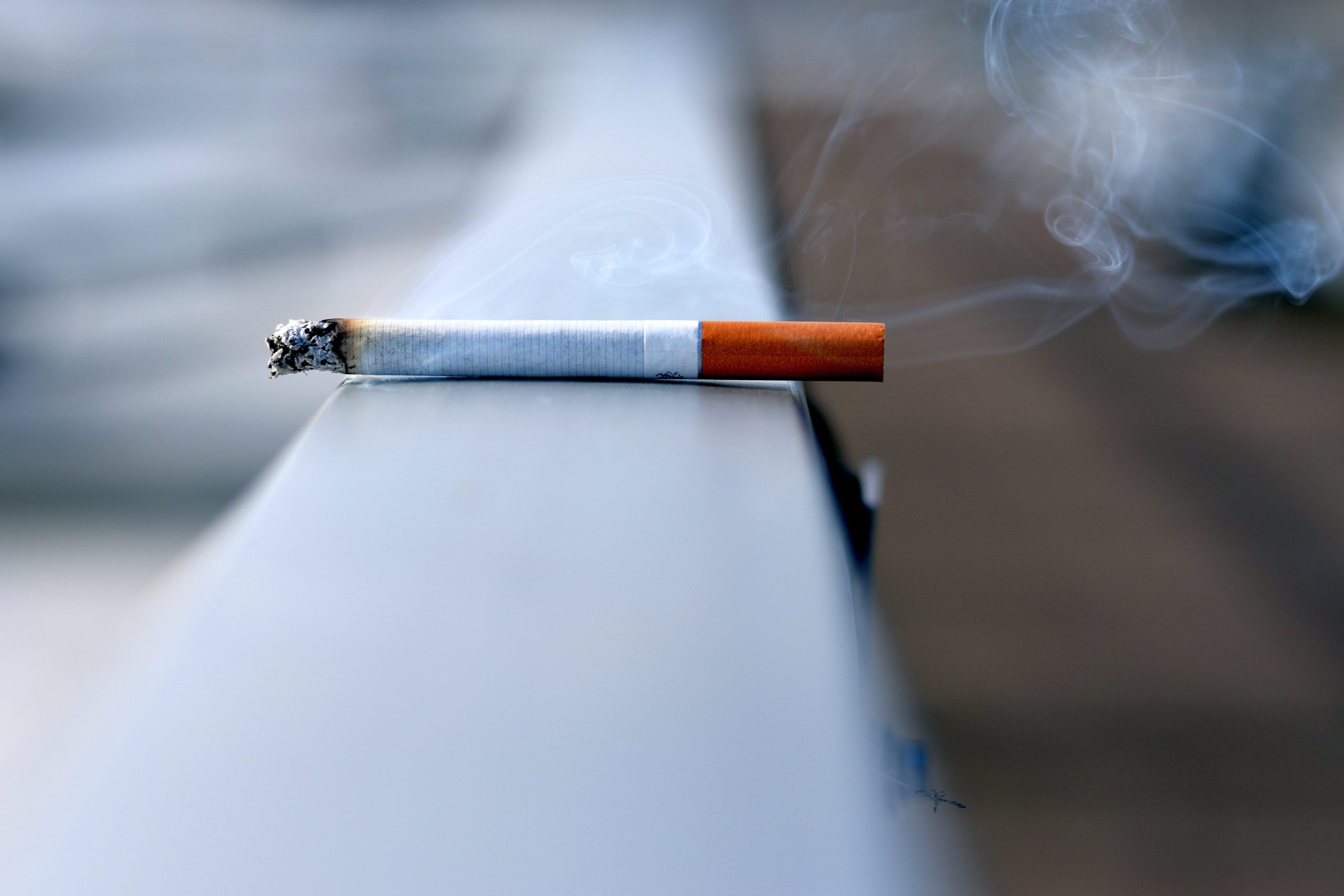Smoking and fertility have an interesting relationship, and most smokers start in their teens or as young adults when looking older, sexier and more sophisticated is part of the appeal.
They weren’t entirely wrong, as chemicals in the smoke physically age people by damaging cells and accelerating their death. In time, and with the inevitable accumulation of toxins from smoking, the “look and feel” of being an older person mounts up:
- Men who smoke can expect to live (on average) 13.2 years less than non-smokers.
- Women who smoke can expect to live (on average) 14.5 years less than non-smokers. i
The reality is that most lifelong smokers die over a decade early due to their smoking, and this is a big issue for fertility as around 35% of men and 30% of women of reproductive age smoke cigarettes. ii-iii When smokers are trying for a baby, they should understand smoking reduces fertility and that smokers are more likely to be infertile, and just passive smoking increases the time it takes women to conceive.
Female smokers
Smoking significantly accelerates the ageing process, and women who smoke reach menopause earlier than non-smokers, iv mainly as chemicals in the smoke increase oxidative damage to eggs and follicles. Anything that encourages eggs to die speeds up ovarian decline, and one study found smokers were about 2.5x more likely to have low ovarian reserve than non-smoking women of the same age. v
While smoking increases a woman’s risk of infertility (by 1.6x), it also raises the chances of vi
- Ectopic pregnancy
- Chromosomal abnormalities in the child
- Miscarriage
- Pre-term birth
It can get expensive, too, as women who smoke will need nearly twice as many IVF cycles to get pregnant, and there are higher levels of toxic heavy metals and nicotine derivatives in the follicles of women who smoke. As expected, the longer someone smokes, the bigger the effect on fertility, with it taking an average of 9% more IVF cycles to get pregnant for each year of smoking, so smoking for ten years almost doubles the number of IVF cycles. vii
Male smokers
Cigarette smoke directly harms a man’s sperm and DNA, but this isn’t the only way smoking affects male fertility, as semen samples are usually worse for smokers, typically with lower values for:
- Sperm numbers
- Sperm concentration
- Motility
- Morphology
- Semen volume
- Capacity to fertilise eggs viii
Cigarette smoke also alters a man’s hormone balance; increasing levels of the “female” hormone estradiol, which reduces fertility and increases female characteristics, as well as increasing the chances of:
- Wasting of the testes (testicular atrophy)
- Erectile dysfunction due to reduced circulation
- Inflammation of the testes from higher oxidative stress levels ix
Effects on the child
Smoking by either parent around the time of conception can have significant effects on the health of their children:
- Smoking by mothers increases the risk of low birth weight and congenital disabilities in their children. x
- When fathers smoke 20 or more a day, it increases their child’s risk of childhood leukaemia xi and reduces the reproductive lifespan of their daughters. xii
Things that help
Smoking reduces everyone’s fertility and has long-term consequences, and couples planning on having children should appreciate why smoking isn’t good for them or their families. Stopping smoking brings improvements in sperm health after about three months, while a year of non-smoking is even better for a man’s health and fertility. It’s never too soon to stop smoking.
There’s evidence both honey xiii and pot marigold (Calendula officinalis) extracts have protective functions for men who smoke, and it’s possible that Calendula raises antioxidant levels in the testes. xiv Whether it has the same effect on women is unknown.
There are many support organisations helping people stop smoking, and having a strong focus on positive outcomes (rather than on feeling denied or failing) is important. Exercising is great for reducing stress, boosting endorphins, staying positive and a distraction from cravings.
ii BMJ, Am J Public Health 1995:1223-1230
iii Practice Committee of American Society for Reproductive Medicine: Smoking and infertility. Fertil Steril 2008, 90(5 Suppl):S254–S259.
iv ESHRE Task Force on Ethics and Law. (2010). ‘Lifestyle-related factors and access to medically assisted reproduction.’ Human Reproduction 25: 578-83.
v Sharara FI, Beatse SN, Leonardi MR, Navot D, SR T Jr: ‘Cigarette smoking accelerates the development of diminished ovarian reserve as evidenced by the clomiphene citrate challenge test.’ Fertil Steril 1994, 62:257–262.
vi Augood, C., Duckitt, K., and Templeton, A.A. Smoking and female infertility: a systematic review and meta-analysis. Hum Reprod. 1998; 13: 1532–1539
vii Klonoff-Cohen, H., Natarajan, L., Marrs, R., and Yee, B. Effects of female and male smoking on success rates of IVF and gamete intra-fallopian transfer. Hum Reprod. 2001; 16: 1389–1390
viii Sofikitis, N., Miyagawa, I., Dimitriadis, D., Zavos, P., Sikka, S., and Hellstrom, W. Effects of smoking on testicular function, semen quality and sperm fertilizing capacity. J Urol. 1995; 154: 1030–1034
ix Saleh RA, Agarwal A, et al. ‘Negative effects of increased sperm DNA damage in relation to seminal oxidative stress in men with idiopathic and male factor infertility’. Fertil Steril 2003, 79(Suppl 3):1597–1605.
x Hackshaw A, Rodeck C, et al. (2011). ‘Maternal smoking in pregnancy and birth defects: a systematic review based on 173 687 malformed cases and 11.7million controls.’ Human Reproduction Update 17: 589-604.
xi Milne E, Greenop KR, et al. (2012). “Parental prenatal smoking and risk of childhood acute lymphoblastic leukemia.” American Journal of Epidemiology 175(1): 43-53.
xii Fakuda M, Fakuda K, et al. (2011). ‘Paternal smoking habits affect the reproductive life span of daughters’ Fertility and Sterility 95: 2542-44.
xiii Protective effect of honey against cigarette smoke induced-impaired sexual behaviour and fertility of male rats’
Mohamed, et al. Toxicol Ind Health April 2013 vol. 29, no. 3 264-271
xiv Subacute effect of cigarette smoke exposure in rats: Protection by pot marigold (Calendula officinalis L.) extract’ Halil Özkol, et al. Toxicol Ind Health, February 2012; vol. 28, 1: pp. 3-9.
Photo by Andres Siimon on Unsplash




